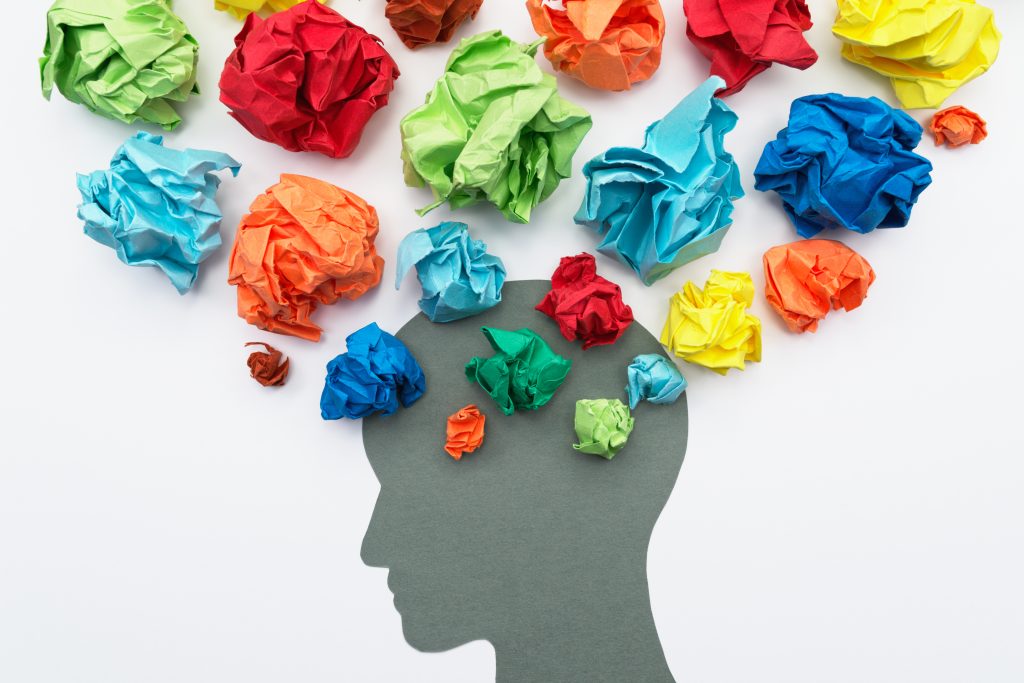
A year of pandemic living has many people experiencing fatigue from the redundancy and limits placed on their lives. But, take heart. As spring approaches, and the vaccine is distributed, there is a light at the end of the tunnel for all of us. HealthySteps to Wellness spoke with Sarah Meyer Tapia, associate director of Wellness Education in the Division of Health & Human Performance at Stanford about regaining your energy and getting reinvigorated for life.
What you’ve been through this year is unlike anything you have ever experienced, and your energy levels may be different from before.
Some people are more productive working from home, and feeling guilty for doing great, while others are unmotivated and feeling guilty for accomplishing less. Regardless of your position, try to drop the guilt. These are very unique circumstances, and there’s no standard for how you should be feeling or functioning in this situation.
It is important to be compassionate with yourself when you’re feeling low energy and not add unnecessary pressure to be productive. Try using positive self-talk and encouragement rather than the harsh inner-critic to nudge you forward. Think about the way you would treat your best friend if they were feeling run-down. You wouldn’t blame them for how they are feeling or pressure them to do more. Rather, you might gently offer activities to help, like going for a walk. Try to adopt the same attitude for yourself. Self-compassion is essential for rebuilding the energy reserves you need to be your best self.
The pandemic has caused a heightened awareness of harm at all times. While that vigilance may be helpful for staying safe, it causes the nervous system to operate on overdrive, which can be depleting in the long run. In order for the nervous system to regenerate, it has to relax and restore. Engaging in healthy activities that make you feel safe and bring you a sense of ease can help.
When you’re burned out, doing more is only recommended if it brings you a sense of ease and security. For example, activities like yoga or cooking may help you manage your mood, while other activities, like housework or high-intensity workouts, may not. Give yourself a break when you can, knowing you will come back to what needs to get done.
Tapia says, “There’s such a fear of pausing and taking care in a more passive way, especially in the busy, productive culture at Stanford. You may feel the need to justify your rest, when really that’s what bolsters you to do more and be better. Think of rest as your fuel for performing in work and life.”
If you’re exhausted, but you feel like you need to do more, pause and ask yourself why. This will reveal your motivation for action, and help you consider if this motivator is worth the extra push. Explore WorkLife’s resources for balancing competing demands or if you’re having a hard time identifying what brings you ease or safety, or you simply can’t relax, talking to a counselor at the Faculty Staff Help Center may help.
If you’re feeling low energy, consider what part(s) of the day, week or month you enjoy most, and try to make space for the activities that invigorate you. Maybe you feel most alive when you’re in nature, moving your body, doing something creative, working on a particular project or spending time with loved ones. By doing the things you naturally love to do, you cultivate the stamina to endure those less exciting, or even burdensome, parts of life.
While genetics and life circumstances can impact your energy level, lifestyle habits also play a big role, but unlike genetics and circumstances, habits are mostly within your control.
Many people feel low energy after a meal, especially after eating a carb-heavy meal or sweets, because digestion takes energy. Consider taking a 10-minute walk or allowing yourself 30 minutes to rest and digest. Dehydration can also put an extra strain on your system and make you feel lethargic. Drinking eight cups of water a day is recommended for most adults.
The pandemic has led to drastic changes in routine, which may impact your sleep pattern, and stressful circumstances can cause nighttime wakefulness. Consider taking a 20-minute midday nap or doing something relaxing before bed, like taking a bath or meditating. Most importantly, don’t stress over your sleep, and try to trust your body’s natural ability to rest when needed.
The work-from-home world has made it possible to stay in pajamas (at least the bottoms) throughout the day, however most people feel lethargic when they remain in loungewear longer than needed. If you find yourself spending too much time in your sweats, try changing it up and see if it makes a difference in your mood or energy level.
Consider your preferences for introversion versus extroversion — some people gain energy from social connections and others from quiet solitude. Depending on your preferences and situation, you may be getting too much or too little social time. If you’re short on “me-time,” try to carve out quiet time for yourself. This could mean talking to your family and reassigning responsibilities to allow you to get the solitude you need. If you’re seeking more connection, consider what social activities you can safely engage in — even talking on the phone can help.
Physical activity, especially in the morning, creates a naturally invigorating state in the mind and body that can help you gain stamina for the day. Even a 10-minute walk or workout in the morning can change your outlook and boost your energy reserve.
While the above habits can be helpful, there is nothing wrong with you if you have not exercised, connected with others or even gotten dressed today. Now is also a perfect time to seek the support you need from a coach, therapist, nutritionist or personal trainer, or to have bigger conversations with friends and family about restructuring your life to prioritize the habits that matter to you. When it comes to making changes in your lifestyle and routine, it is important to remember that you don’t have to do it all by yourself.
While working from home, do what you can to make your home space feel good. Consider adding whatever visual imagery brings you a sense of joy or peace. It can be something small, like adding a photo of a happy memory to your workstation, or something as drastic as painting your walls a color you love.
Remember that not everybody is going to fit the 9 a.m. to 5 p.m. mold. If possible, put your work down when you’re low energy and pick it back up when you have more capacity. Tapia shares her personal mantra when it comes to work: “Go where the energy is.” The extent to which you’re able to honor where your energy is, and act accordingly, the more sustainable and productive your work routine will be.
When it comes to energy, there is an undeniable personality component that seems to differ from one person to the next. This could be genetic or a product of your history and current circumstances. Try not to compare your energy level to others or to how you used to feel at a different point in time. What is most important is to accept where you are and to give yourself what you need at this moment in time.
If you’re exhausted, give yourself a break and remember that this feeling will not last forever. If you’re full of energy, remember that it’s going to shift eventually and try to make the most of it while it lasts. No matter what you’re feeling, remember “this too shall pass.” An accepting attitude will help you embrace the normal energetic ebb and flow of work and life.
“Energy is dynamic, and high points and low points are normal and natural. There are times in the day, week, and years of our lives, when we are more invigorated or more depleted. Aim to enjoy the excitement and productivity of the upswings, and the peace and ease of the low points.”
By Mia Primeau
April 2021


